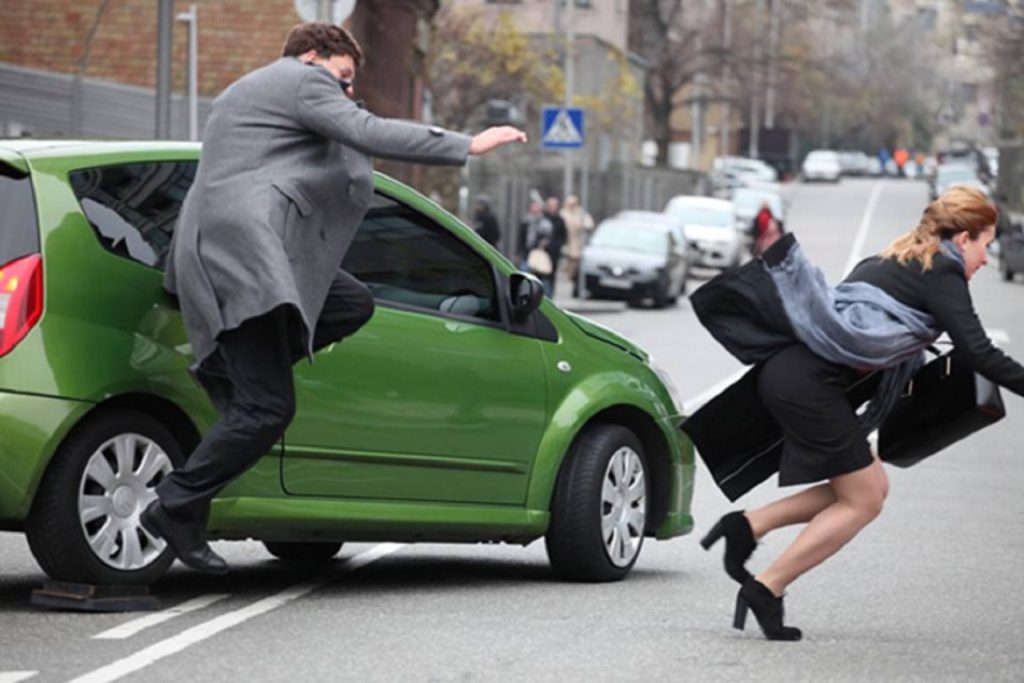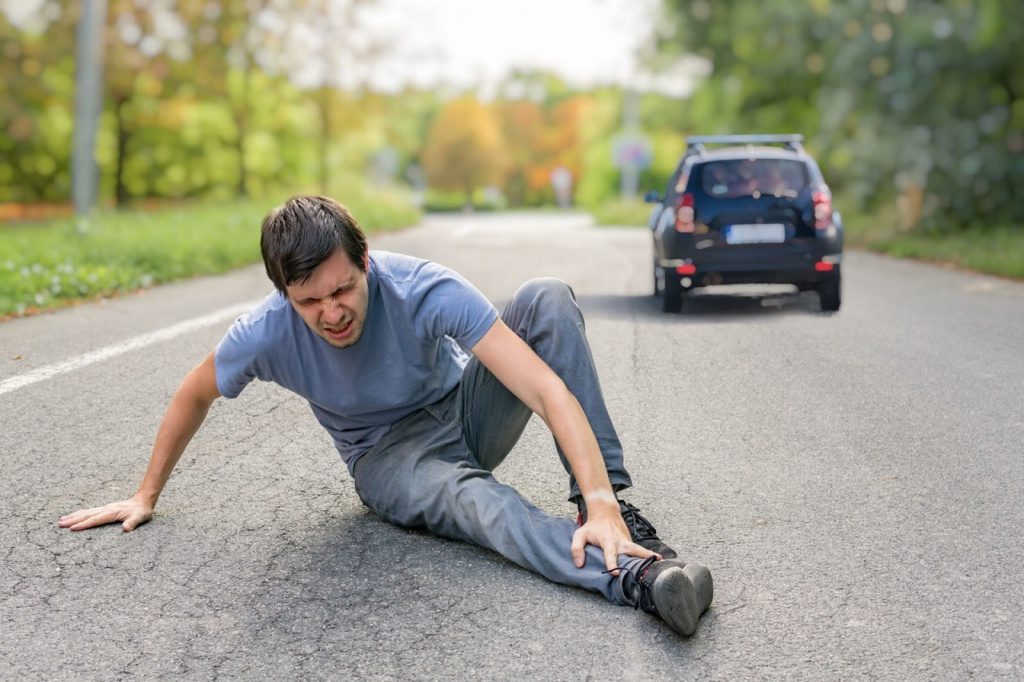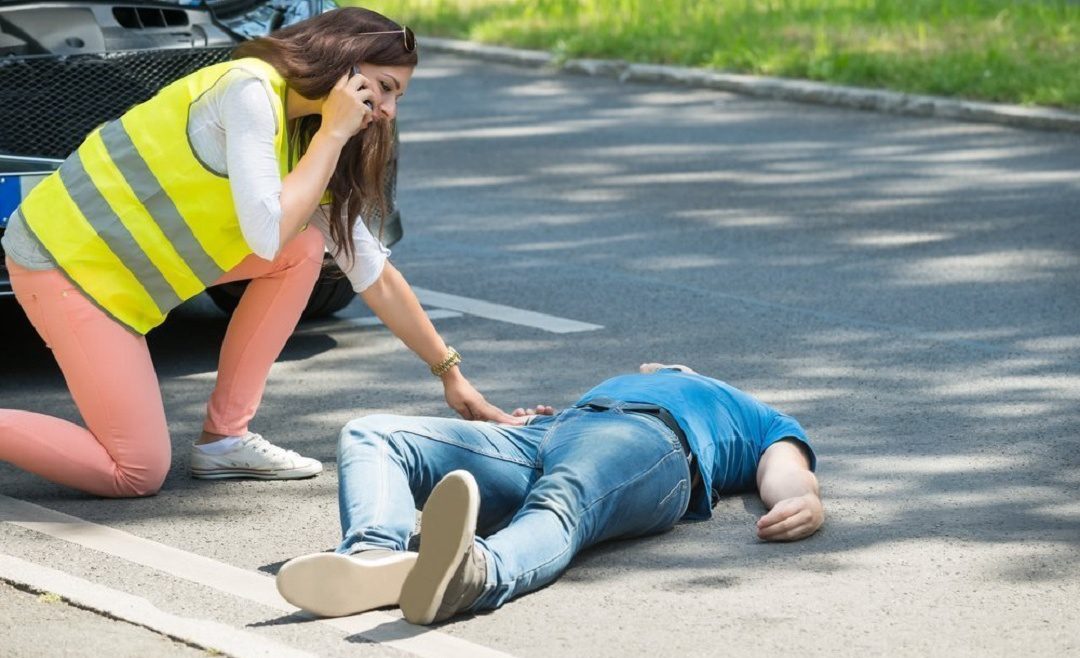Auto pedestrian accidents represent a significant public safety concern, particularly in urban environments where foot traffic is high. These incidents occur when a vehicle collides with a pedestrian, often resulting in severe injuries or fatalities. The dynamics of such accidents can vary widely, influenced by factors such as the speed of the vehicle, the visibility of the pedestrian, and the surrounding environment.
Understanding the nature of these accidents is crucial for both prevention and response strategies. The aftermath of an auto Pedestrian Accident can be devastating not only for the victim but also for their families and communities. The emotional and psychological toll can be profound, as victims may face long-term rehabilitation or permanent disabilities.
Moreover, these accidents often lead to complex legal battles, as determining fault and liability can be challenging. This complexity underscores the need for a comprehensive understanding of the factors that contribute to these incidents and the broader implications they carry for society.
Key Takeaways
- Auto pedestrian accidents can result in serious injuries or even death, and it’s important to understand the causes and implications of these incidents.
- Common causes of auto pedestrian accidents include distracted driving, speeding, failure to yield, and driving under the influence of alcohol or drugs.
- Injuries from auto pedestrian accidents can range from minor cuts and bruises to more severe injuries such as broken bones, head trauma, and spinal cord injuries.
- Legal implications of auto pedestrian accidents can include determining fault, filing insurance claims, and seeking compensation for medical expenses and other damages.
- Preventing auto pedestrian accidents involves following traffic laws, staying alert while driving or walking, and being cautious in high-risk areas such as crosswalks and intersections.
Causes of Auto Pedestrian Accidents
A multitude of factors can contribute to auto pedestrian accidents, with human error being one of the most significant. Distracted driving, for instance, has become increasingly prevalent with the rise of mobile technology. Drivers who engage with their phones or other devices are less likely to notice pedestrians, especially in busy areas where foot traffic is common.
This distraction can lead to tragic outcomes, as a momentary lapse in attention can result in a collision that could have been easily avoided. In addition to distraction, speeding is another major contributor to these accidents. When drivers exceed speed limits or fail to adjust their speed in response to road conditions, they reduce their ability to react to unexpected situations, such as a pedestrian stepping into the roadway.
Furthermore, environmental factors such as poor lighting, inclement weather, and inadequate signage can exacerbate the risk of accidents. For example, a poorly lit crosswalk may make it difficult for drivers to see pedestrians until it is too late, highlighting the importance of infrastructure in preventing these incidents.
Common Injuries in Auto Pedestrian Accidents

The injuries sustained in auto pedestrian accidents can vary widely depending on several factors, including the speed of the vehicle at impact and the age and health of the pedestrian. Common injuries include fractures, head trauma, and soft tissue injuries. Fractures are particularly prevalent due to the sheer force of a vehicle colliding with a human body; limbs may break upon impact, leading to long recovery times and potential complications.
Head injuries are another serious concern in these accidents. Traumatic brain injuries (TBIs) can occur even in low-speed collisions, as pedestrians may fall or be thrown upon impact. These injuries can have lasting effects on cognitive function and quality of life.
Soft tissue injuries, such as sprains and contusions, are also common and can lead to chronic pain and mobility issues. The severity of these injuries often necessitates extensive medical treatment and rehabilitation, placing a significant burden on victims and their families.
Legal Implications of Auto Pedestrian Accidents
The legal landscape surrounding auto pedestrian accidents is complex and multifaceted. Determining liability is often a contentious issue, as multiple parties may share responsibility for an accident. For instance, while a driver may be at fault for failing to yield to a pedestrian, factors such as road conditions or signage may also play a role in establishing liability.
This complexity necessitates thorough investigations that consider all aspects of the incident. In many jurisdictions, laws regarding pedestrian right-of-way are designed to protect individuals crossing streets. However, these laws can vary significantly from one location to another, complicating legal proceedings.
Additionally, insurance claims following an accident can be fraught with challenges. Insurance companies may attempt to minimize payouts or dispute claims based on perceived negligence on the part of the pedestrian. Understanding these legal implications is essential for victims seeking justice and compensation for their injuries.
Preventing Auto Pedestrian Accidents
Preventing auto pedestrian accidents requires a multifaceted approach that involves education, infrastructure improvements, and community engagement. Public awareness campaigns can play a crucial role in educating both drivers and pedestrians about safe practices. For instance, initiatives that promote the importance of using crosswalks and obeying traffic signals can help reduce risky behaviors among pedestrians.
Infrastructure improvements are equally vital in enhancing pedestrian safety. Cities can implement measures such as better lighting at crosswalks, speed bumps in high-traffic areas, and dedicated pedestrian zones to create safer environments for foot traffic. Additionally, employing technology such as automated traffic signals that detect pedestrian presence can further mitigate risks.
Community involvement is also essential; local organizations can advocate for safer streets and work with city planners to prioritize pedestrian-friendly designs.
What to Do If You’re Involved in an Auto Pedestrian Accident

Assessing Injuries and Providing First Aid
First, check for injuries among all parties involved. If anyone is injured, call emergency services immediately. While waiting for professional help, provide first aid within your capabilities, as this can significantly improve outcomes.
Documenting the Accident Scene
Once immediate safety concerns are addressed, thoroughly document the scene. Take photographs of the accident site, including vehicle positions, any visible injuries, and environmental conditions such as signage or road markings.
Gathering Information and Evidence
Collect contact information from witnesses who may provide valuable testimony later on. Also, exchange information with the driver involved, including names, insurance details, and license plate numbers. This documentation will be crucial when navigating insurance claims or potential legal proceedings.
Seeking Compensation for Auto Pedestrian Accidents
Victims of auto pedestrian accidents often face significant medical expenses, lost wages due to inability to work, and other financial burdens stemming from their injuries. Seeking compensation is a vital step toward recovery and can help alleviate some of these financial pressures. In many cases, victims may pursue compensation through insurance claims against the driver’s policy or by filing a personal injury lawsuit if necessary.
To successfully seek compensation, it is essential to establish liability clearly. This often involves gathering evidence from the accident scene, medical records detailing injuries sustained, and documentation of any financial losses incurred due to the accident. Engaging with medical professionals who can provide expert testimony regarding the extent of injuries and their long-term implications can also strengthen a case.
Understanding the nuances of local laws regarding compensation claims is crucial; some jurisdictions have specific statutes that govern how damages are calculated.
The Importance of Legal Representation in Auto Pedestrian Accidents
Navigating the aftermath of an auto pedestrian accident can be overwhelming, particularly when dealing with insurance companies and potential legal proceedings. This complexity underscores the importance of having legal representation throughout the process. An experienced attorney specializing in personal injury law can provide invaluable guidance on how to proceed after an accident.
Legal representation ensures that victims’ rights are protected and that they receive fair compensation for their injuries. Attorneys can help gather necessary evidence, negotiate with insurance companies on behalf of their clients, and represent them in court if litigation becomes necessary. Furthermore, having legal counsel can alleviate some of the stress associated with managing medical bills and other financial concerns while victims focus on their recovery.
Ultimately, securing competent legal representation is a critical step toward achieving justice and obtaining the support needed to rebuild lives after an auto pedestrian accident.
If you or a loved one has been involved in an auto pedestrian accident, it is important to seek legal advice to understand your rights and options. One related article that may be of interest is Rideshare Accidents, which discusses the legal implications and steps to take if you are involved in an accident while using a rideshare service. It is crucial to be informed and prepared in case of any unfortunate incidents on the road.
FAQs
What is an auto pedestrian accident?
An auto pedestrian accident is a type of traffic collision that occurs when a vehicle collides with a pedestrian, causing injury or death.
What are the common causes of auto pedestrian accidents?
Common causes of auto pedestrian accidents include distracted driving, speeding, failure to yield, impaired driving, and poor visibility.
What are the potential injuries in an auto pedestrian accident?
Injuries in an auto pedestrian accident can range from minor cuts and bruises to more severe injuries such as broken bones, head trauma, spinal cord injuries, and even death.
How can auto pedestrian accidents be prevented?
Auto pedestrian accidents can be prevented by following traffic laws, staying alert while driving or walking, avoiding distractions, and being mindful of pedestrian right-of-way.
What should I do if I am involved in an auto pedestrian accident?
If you are involved in an auto pedestrian accident, you should seek medical attention for any injuries, report the accident to the authorities, exchange information with the other party involved, and consider seeking legal advice.

